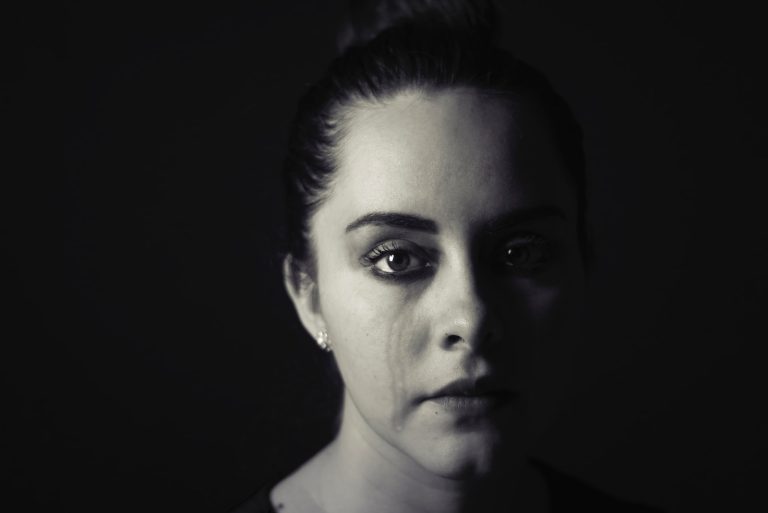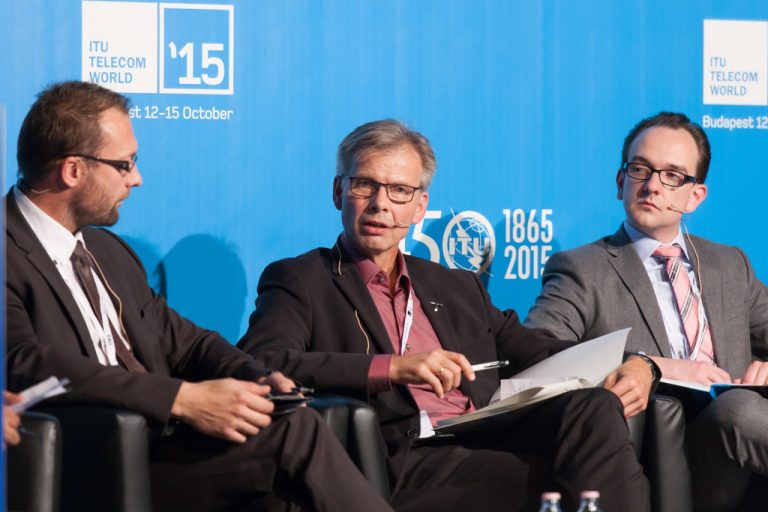Misattribution: How Memories are Distorted as well as Invented
Introduction
Memory is a complex and remarkable facet of human cognition. It enables us to relive cherished moments and learn from our past experiences. However, the way memories are stored and retrieved is not always a flawless process. Misattribution, a psychological phenomenon, sheds light on how memories can be distorted or fabricated, leading to the blurring of reality and imagination. In this article, we delve deep into the realm of misattribution, exploring its intricacies and shedding light on how memories are sometimes not as reliable as we might think.

Misattribution: How Memories are Distorted as well as Invented
Misattribution occurs when the source of a memory is confused or attributed to the wrong origin. This phenomenon can lead to instances where individuals recall events, feelings, or details that are inaccurate or even completely fabricated. The brain’s intricate process of encoding, storing, and retrieving memories is prone to errors, and misattribution is one of the intriguing results of this complexity.
Factors Influencing Misattribution
Misattribution is influenced by a multitude of factors, including emotional state, suggestibility, and external influences. These factors can warp our memories and lead to the misattribution of thoughts, feelings, or experiences.
Emotional Intensity: Memories tied to strong emotions are more likely to be vivid and enduring. However, this intensity can also result in misattribution. For instance, if someone experiences a powerful emotion in a particular location, they might mistakenly attribute that emotion to a different event that occurred in the same place.
Suggestibility: External suggestions can significantly impact how we remember events. If someone suggests a detail about a memory, our brain might incorporate that suggestion, leading to the misattribution of external information as part of our own memory.
Interference: The presence of similar memories can lead to interference and misattribution. Memories with similar content might blend together, making it challenging to accurately recall the specifics of each event.

Memory Construction and Fabrication
Memories are not static recordings but dynamic constructions that our brain assembles based on various fragments of information. In some cases, our brain might even fabricate entirely new memories that never occurred.
Source Monitoring Errors: One common form of misattribution is a source monitoring error. This happens when we are unable to accurately identify the source of a memory, leading to confusion about whether it was something we experienced firsthand or something we heard from someone else.
Imagination Inflation: The power of imagination can lead to the creation of false memories. If we vividly imagine an event, our brain might interpret this imaginative construction as a real memory, blurring the line between reality and fiction.
Impact on Legal Proceedings
Misattribution has significant implications in legal contexts, particularly in eyewitness testimonies. Studies have shown that witnesses can misattribute details or even entire events, leading to wrongful accusations or incorrect convictions.
In cases where the memory of a crime is manipulated or influenced by external factors, witnesses might genuinely believe in their recollections, even if those memories are entirely fabricated due to misattribution.
FAQs about Misattribution and Memory Distortion
Q: Can misattribution happen to anyone? A: Yes, misattribution is a common cognitive phenomenon that affects individuals across all age groups.
Q: How can misattribution impact personal relationships? A: Misattribution can lead to misunderstandings and conflicts when individuals misattribute emotions or actions to the wrong events.
Q: Are there any benefits to misattribution? A: In some cases, misattribution can lead to positive outcomes, such as remembering events in a more favorable light than they actually were.
Q: Can misattribution be prevented? A: While complete prevention might be challenging, being mindful of the factors that influence misattribution can help reduce its occurrence.
Q: Are false memories always harmful? A: False memories aren’t always harmful; they can also serve as a coping mechanism during times of distress.
Q: How does technology impact memory misattribution? A: The prevalence of digital media and social platforms can lead to the misattribution of events or emotions through exposure to curated content.
Conclusion
The intricate nature of memory and the phenomenon of misattribution remind us that our recollections of the past are not as infallible as we might believe. Emotions, external influences, and the malleability of our cognitive processes all play a role in how memories are constructed, distorted, or even invented. Understanding the mechanisms behind misattribution allows us to approach our memories with a sense of curiosity and humility, appreciating the complexity of human cognition.







